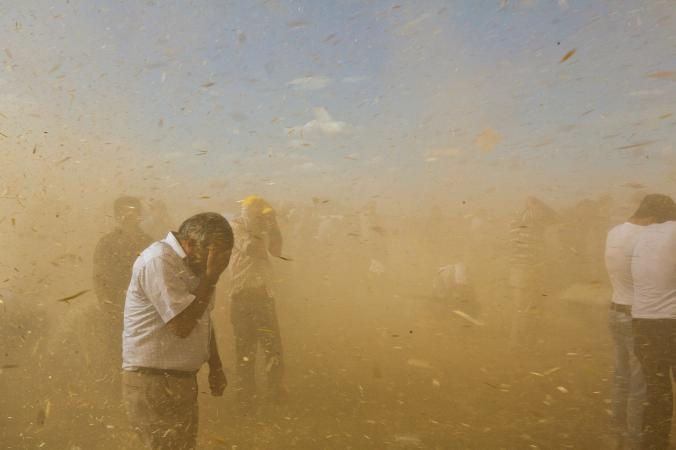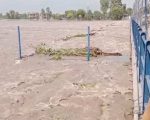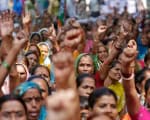DAMASCUS (Web Desk) – A severe drought, worsened by a warming climate, drove Syrian farmers to abandon their crops and flock to cities, helping trigger a civil war that has killed hundreds of thousands of people, according to a new study published at National Geographic.
The research provides the most detailed look yet at how climate change may already be helping spark violent political unrest.
“Up until now we’ve understood and established that changes in climate may affect human conflict in the future. But everything until now has stopped short of saying climate change is already having an effect,” says Solomon Hsiang, a University of California, Berkeley professor who has studied the role of climate change in violence. He did not participate in the new study.
The authors acknowledge that many factors led to Syria’s uprising, including corrupt leadership, inequality, massive population growth, and the government’s inability to curb human suffering.
But their report, published in the Proceedings of the National Academy of Sciences, compiled statistics showing that water shortages in the Fertile Crescent in Syria, Iraq, and Turkey killed livestock, drove up food prices, sickened children, and forced 1.5 million rural residents to the outskirts of Syria’s jam-packed cities—just as that country was exploding with immigrants from the Iraq war.
After examining meteorological data, the researchers determined that natural variability alone was unlikely to account for the trends in wind, rain, and heat that led to the massive drought. All these factors, combined with high unemployment and bad government, helped tip Syria into violence.
“Being able to, in a specific region, draw this story line together we think is pretty significant,” says study co-author Richard Seager, a climate scientist at Columbia University’s Lamont-Doherty Earth Observatory. “The entire world needs to be planning for a drier future in that area. And there will be lots of global implications.”
Scientists and the U.S. military have argued for years that rising temperatures will likely spur waves of human migration and battles over increasingly scarce resources—particularly water. That, however, has proved controversial, with other scientists arguing that there has been too little evidence to support the connection.
“There tends to be two points of view about this kind of research—either ‘that’s obvious’ or ‘that can’t be true,'” Hsiang says. “This paper is an important contribution. It’s building on a collection of results that has really gained a lot of momentum recently.”
The research came about in part because one of the study’s authors noticed that Syria’s drought and wave of immigration occurred at the same time that violence was breaking out. “Then we looked at the fact that there had been this warming trend and drying trend, which takes moisture out of the soils at the same time,” Seager says.
The drought was at least partially naturally occurring, he says, but it was the most severe on record, and its severity matched trends expected to occur with rising temperatures.
Still, he understands the limits of the research.
“All someone would have to say to criticize it is that all this would have occurred without the drought,” Seager says. “That may well be true. This regime was tremendously unpopular to begin with.”
But, Seager says, that’s not how events unfolded. The drought increased the risk that the country would unravel, and climate change was almost certainly a factor in the drought.
















